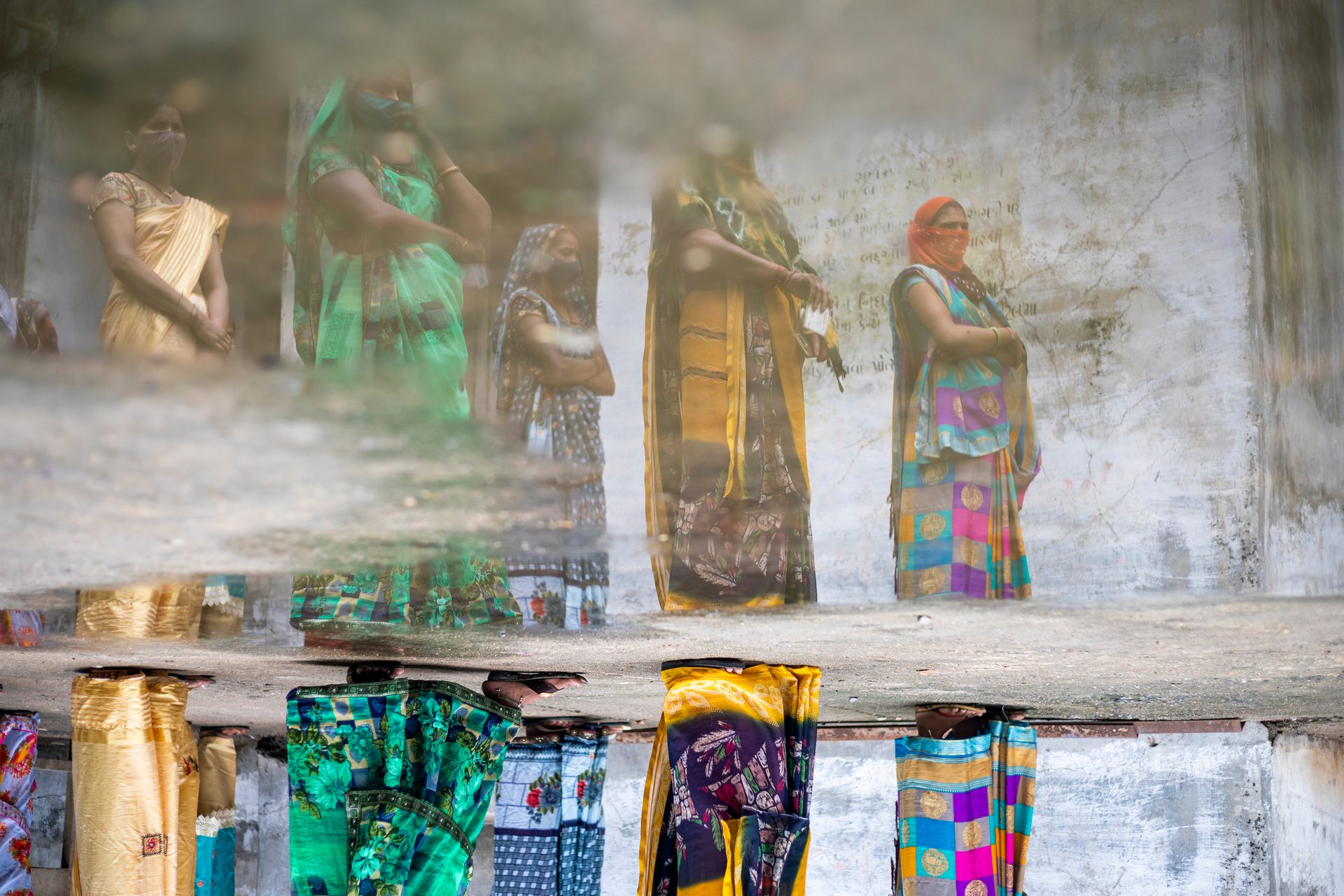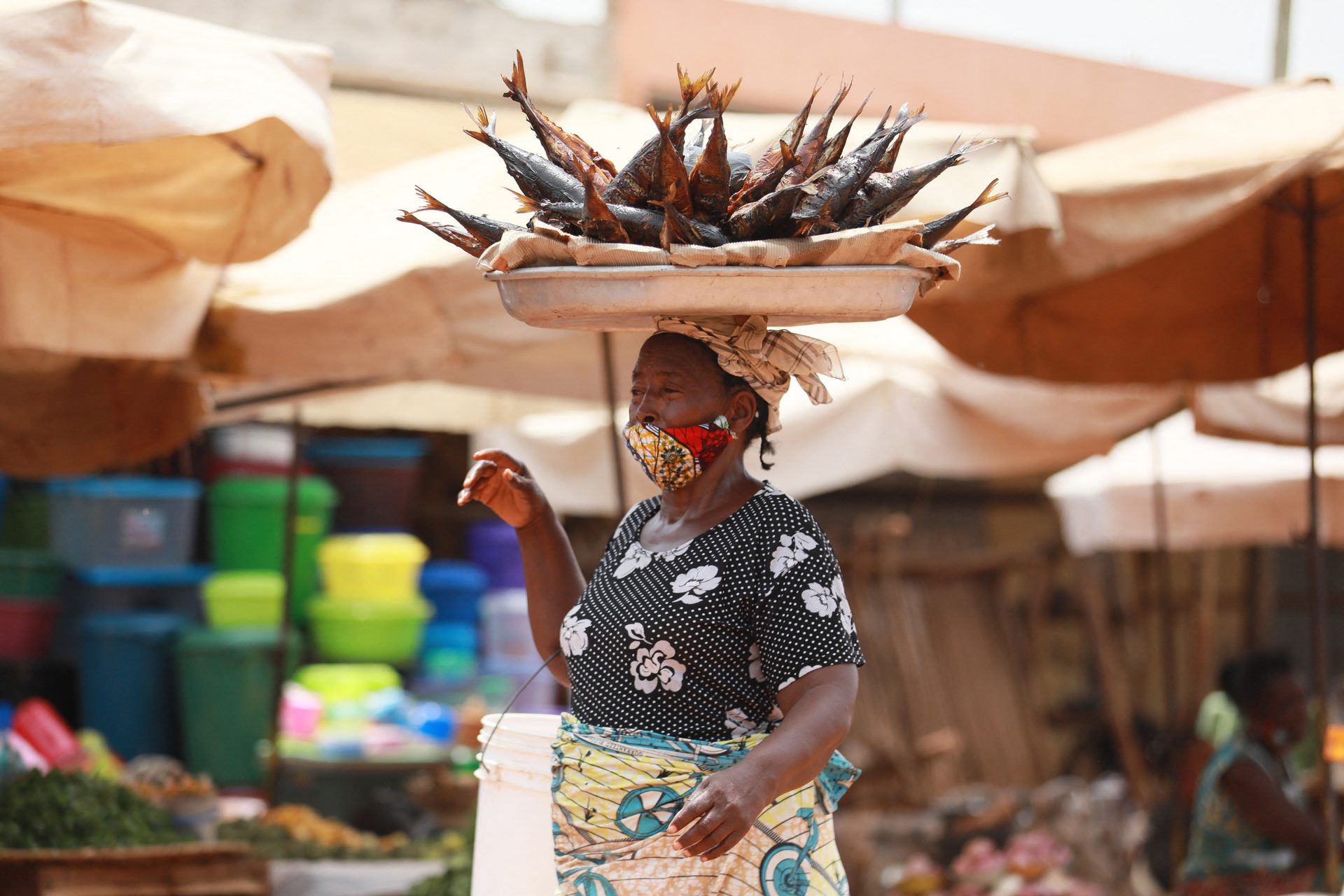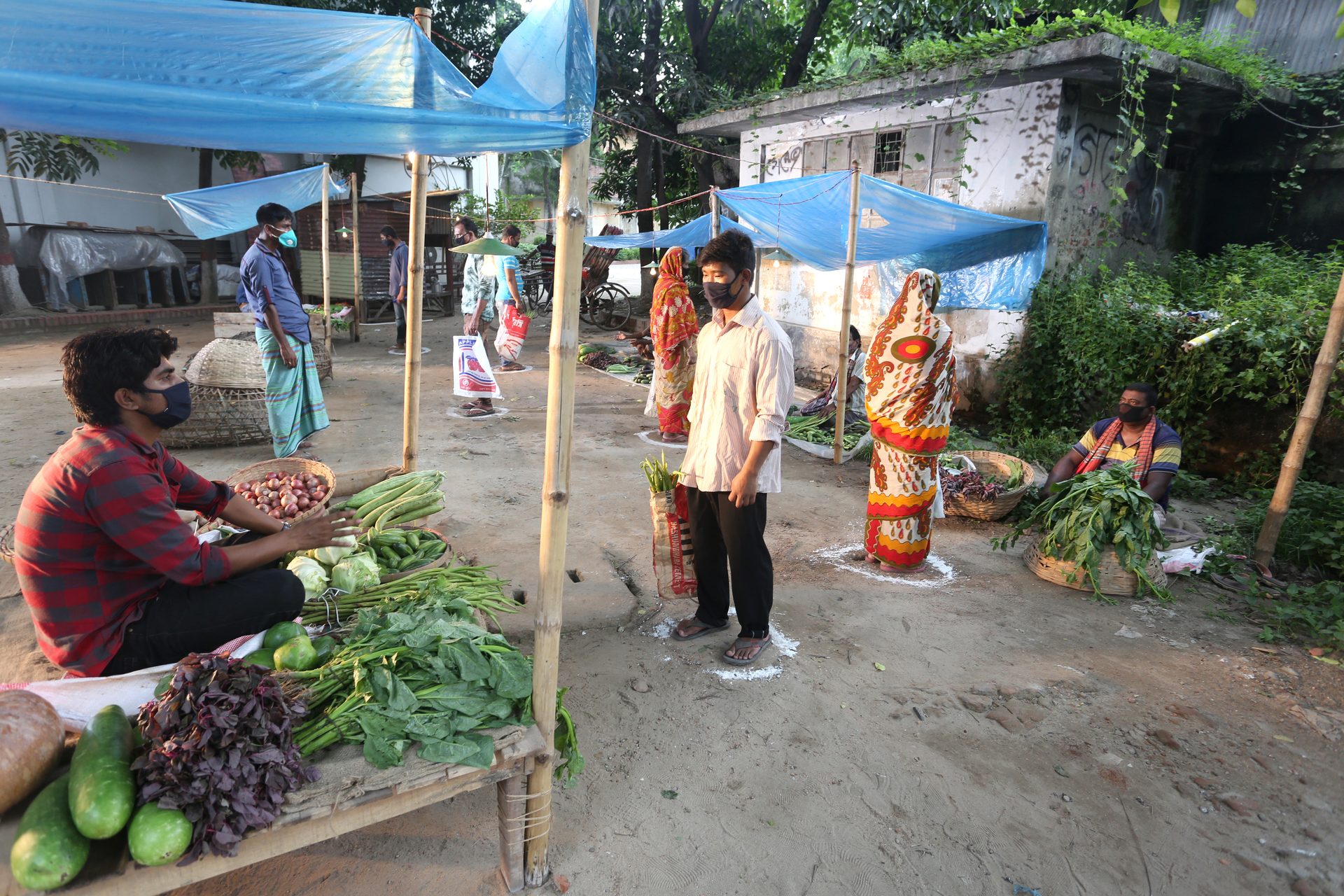In an increasingly interconnected world, shocks are felt across sectors, borders and scales, revealing the systemic nature of risks. This holds true for the ongoing COVID-19 pandemic, for the effects of climate change, and also from the effects of newly emerging crises, such as the war in Ukraine. It is therefore critical that we analyse these events to derive lessons for risk management, so as to better prepare for future events. A new report by the UN Office for Disaster Risk Reduction (UNDRR) and the United Nations University – Institute for Environment and Human Security (UNU-EHS), dives into the systemic nature of risks revealed by the COVID-19 pandemic. It presents cross-cutting findings from five case studies in different countries (Ecuador, India, Togo, Bangladesh and Indonesia), touching on different social and environmental issues. Moreover, lessons learned on the prevention and management of risks are highlighted.

“COVID-19 needs to be a wakeup call for all of us. We need to look at risks in more comprehensive ways, especially at those risk connections that are not apparent at first glance.”
Shen Xiaomeng, Vice-Rector in Europe, UNU & Director, UNU-EHS
Videos
18 MAy 2022, Duration 2:10
The systemic nature of risks
18 MAy 2022, Duration 2:20
Story from the Sundarbans, India: when COVID-19 and a cyclone combine
18 MAy 2022, Duration 2:20
Story from Guayaquil, Ecuador: COVID-19 in a densely populated urban setting

Chapter 2
SYSTEMIC RISK
Systemic risks from the COVID-19 pandemic have been exposed in stark human terms ...

Chapter 3
UNDERSTANDINGS
COVID-19 and the systemic nature of risks associated with the pandemic have expanded our understanding of risk ...
The Content

Chapter 2
Six cross-cutting lessons of the systemic nature of risk linked to the COVID-19 crisis

Chapter 3
Lessons and recommendations from COVID-19 for understanding and managing risk
Building resilience to be prepared
0
MILLION
Lorem ipsum Dolor lorem
0
HUNDRET
LoremipsumDolor
0
BILLION
Lorem ipsum Dolor lorem Lorem ipsum Dolor lorem
0
MILLION
Lorem ipsum Dolor lorem
THE AUTHORS
Name Mustername
University of
Additional text if needed
The Authors
Michael Hagenlocher, United Nations University, Institute for Environment and Human Security (UNU-EHS), Germany; Sumana Banerjee, School of Oceanographic Studies, Jadavpur University, West Bengal, India; Dayanara Antonella Bermudez-Zambrano, Escuela Superior Politécnica del Litoral (ESPOL), Ecuador; Davide Cotti, United Nations University, Institute for Environment and Human Security (UNU-EHS), Germany; Jonathan Hassel, United Nations University, Institute for Environment and Human Security (UNU-EHS), Germany; Anthony J. Masys, College of Public Health, University of South Florida, USA; Nawawi, Research Centre for Population, National Research and Innovation Agency (BRIN), Indonesia; Yanu Endar Prasetyo, Research Centre for Population, National Research and Innovation Agency (BRIN), Indonesia; Md. Sohel Rana, RDRS Bangladesh, Bangladesh; Marlene Rimmert, United Nations University, Institute for Environment and Human Security (UNU-EHS), Germany; Prottoy Roy, RDRS Bangladesh, Bangladesh; Simon Schütze, United Nations University, Institute for Environment and Human Security (UNU-EHS), Germany; Himanshu Shekhar, United Nations University, Institute for Environment and Human Security (UNU-EHS), Germany; Asha Sitati, United Nations Office for Disaster Risk Reduction (UNDRR), Switzerland; Victor Amah Sodogas, Togo; Edward Sparkes, United Nations University, Institute for Environment and Human Security (UNU-EHS), Germany; Gusti Ayu Ketut Surtiari, Research Centre for Population, National Research and Innovation Agency (BRIN), Indonesia; Angel Valdiviezo Ajila, Escuela Superior Politécnica del Litoral (ESPOL), Ecuador; Saskia E. Werners, United Nations University, Institute for Environment and Human Security (UNU-EHS), Germany; Jenty Kirsch-Wood, United Nations Office for Disaster Risk Reduction (UNDRR), Switzerland
Michael Hagenlocher
United Nations University, Institute for Environment and Human Security (UNU-EHS)
Germany
Sumana Banerjee
School of Oceanographic Studies, Jadavpur University
West Bengal, India
Dayanara Antonella Bermudez-Zambrano
Escuela Superior Politécnica del Litoral (ESPOL)
Ecuador
Davide Cotti
United Nations University, Institute for Environment and Human Security (UNU-EHS)
Germany
Jonathan Hassel
United Nations University, Institute for Environment and Human Security (UNU-EHS)
Germany
Anthony J. Masys
College of Public Health, University of South Florida
USA
Nawawi
Research Centre for Population, National Research and Innovation Agency (BRIN)
Indonesia
Yanu Endar Prasetyo
Research Centre for Population, National Research and Innovation Agency (BRIN)
Indonesia
Md. Sohel Rana
RDRS Bangladesh
Bangladesh
Marlene Rimmert
United Nations University, Institute for Environment and Human Security (UNU-EHS)
Germany
Prottoy Roy
RDRS Bangladesh
Bangladesh
Simon Schütze
United Nations University, Institute for Environment and Human Security (UNU-EHS)
Germany
Himanshu Shekhar
United Nations University, Institute for Environment and Human Security (UNU-EHS)
Germany
Asha Sitati
United Nations Office for Disaster Risk Reduction (UNDRR)
Switzerland
Victor Amah Sodogas
Cool sub-title
Togo
Edward Sparkes
United Nations University, Institute for Environment and Human Security (UNU-EHS)
Germany
Gusti Ayu Ketut Surtiari
esearch Centre for Population, National Research and Innovation Agency (BRIN)
Indonesia
Angel Valdiviezo Ajila
Escuela Superior Politécnica del Litoral (ESPOL)
Ecuador
Saskia E. Werners
United Nations University, Institute for Environment and Human Security (UNU-EHS)
Germany
Jenty Kirsch-Wood
United Nations Office for Disaster Risk Reduction (UNDRR)
Switzerland
Get more into detail:
CONTACT
UN Campus
Platz der Vereinten Nationen 1
D–53113 Bonn
+ 49-288-815-0200
+ 49-288-815-0299
2022 © copyrights UNU-EHS




